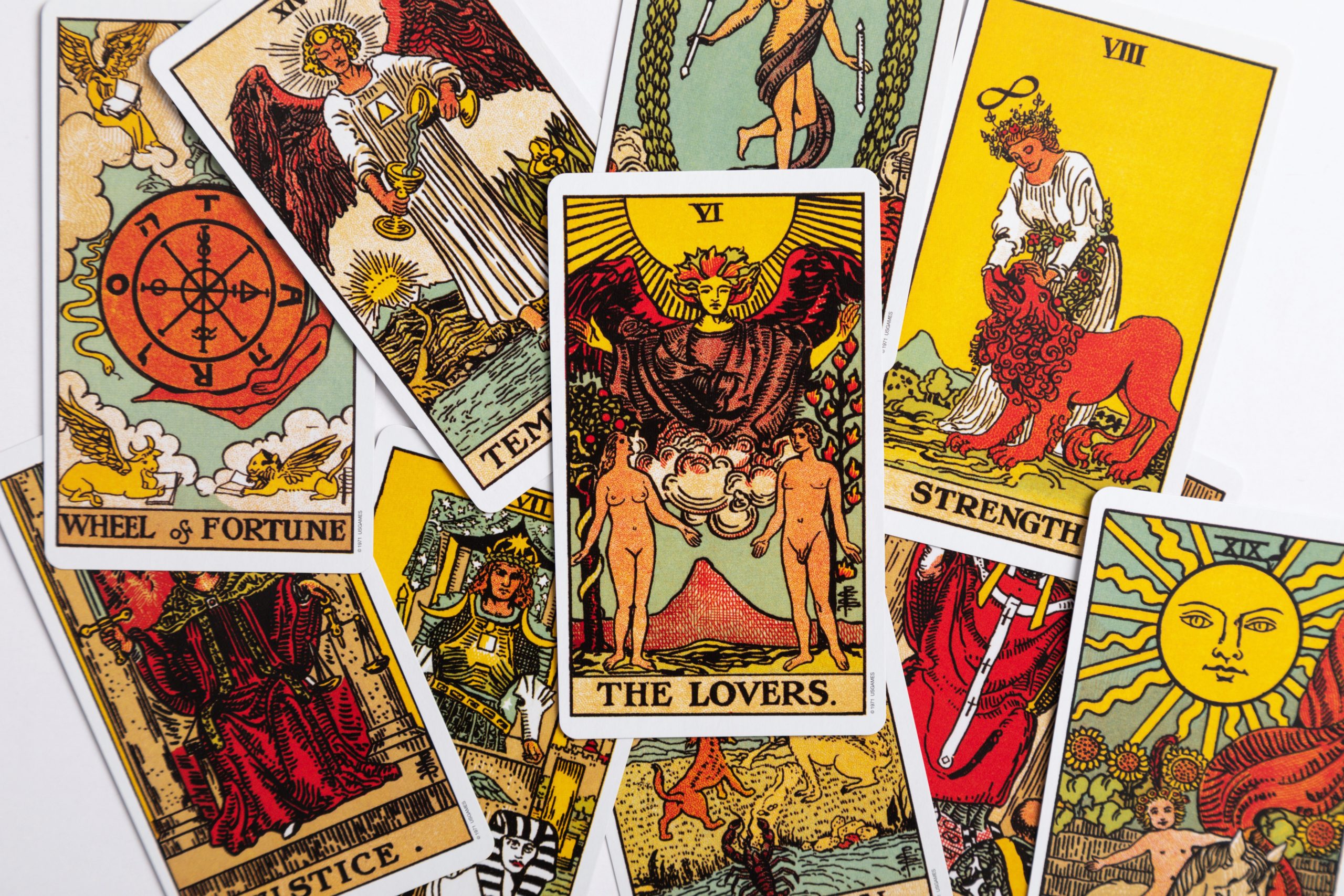Exploring the Intricate Connection Between Hermeticism and Art
The world of art is a kaleidoscope of various forms, styles, and influences. From the ancient cave paintings to Renaissance masterpieces, artists have long sought inspiration from diverse sources. One such source that has profoundly influenced art throughout history is Hermeticism. This philosophical and spiritual tradition originated in ancient Egypt and Greece and has left an indelible mark on artistic expression. In this article, we will delve into the intricate connection between Hermeticism and art, exploring how this esoteric philosophy has shaped and influenced artists throughout the ages.
Understanding Hermeticism
Before delving into the impact of Hermeticism on art, it is essential to grasp the fundamentals of this profound philosophical and spiritual tradition. Hermeticism traces its origins to the teachings attributed to the mythical figure Hermes Trismegistus, a combination of the Greek god Hermes and the Egyptian god Thoth. It encompasses a diverse range of beliefs, including astrology, alchemy, philosophy, and the pursuit of spiritual enlightenment.
At the core of Hermeticism is the belief in the interconnectedness of all things. It postulates that there exists a divine harmony in the universe, and by understanding and aligning ourselves with this cosmic order, we can attain wisdom and spiritual transcendence. Hermetic texts such as the Corpus Hermeticum and the Emerald Tablet have inspired countless scholars, mystics, and artists, shaping their perspectives on the world and their artistic creations.
Hermeticism’s Influence on Art
The principles of Hermeticism have infused art with rich symbolism, deep spirituality, and esoteric meaning. Through the centuries, artists have drawn upon Hermetic concepts to imbue their works with hidden truths and mystical narratives.
1. Symbolism and Allegory
Hermeticism emphasizes the use of symbolism to convey hidden meanings. Artists have employed symbols and allegory to express profound ideas and concepts that transcend the surface appearance of their work. For example, Renaissance painters such as Sandro Botticelli often incorporated Hermetic symbols in their art, exploring themes of divine wisdom, rebirth, and the spiritual journey.
One of the most famous examples of Hermetic symbolism can be found in Botticelli’s masterpiece, “The Birth of Venus.” The painting, depicting the emergence of the goddess Venus from a seashell, not only portrays the mythological narrative but also carries a deeper philosophical meaning. The seashell symbolizes the divine feminine, representing the birth of wisdom and beauty, while the figure of Venus embodies the transformative power of love and spiritual rebirth.
2. Alchemy and Transformation
Another significant aspect of Hermeticism that has influenced art is alchemy, the mystical and proto-scientific practice of transmuting base metals into gold and attaining spiritual enlightenment. Alchemy is often seen as a metaphorical process of self-transformation and spiritual purification.
Artists have explored alchemical themes in their works, capturing the symbolic journey of purification and transformation. The famous Dutch painter Hieronymus Bosch, renowned for his surreal and fantastical imagery, often depicted alchemical processes in his paintings. In “The Garden of Earthly Delights,” Bosch showcases his alchemical understanding by presenting the transformation of base human desires into spiritual enlightenment and transcendence.
3. Esoteric Geometry
Geometry is an intrinsic part of both Hermetic and artistic traditions. The cosmic order and harmony central to Hermeticism find expression through geometric forms. Artists have employed sacred geometry and geometric patterns to tap into the mystical and spiritual dimensions of their work.
One of the most well-known examples of esoteric geometry in art is found in the works of the Dutch painter Piet Mondrian. His compositions, characterized by grids and primary colors, reflect the underlying unity and harmony of the universe. Mondrian’s art exemplifies the Hermetic principle of balance and harmony, conveying a profound sense of order and spirituality.
The Legacy of Hermeticism in Modern Art
While Hermeticism’s influence on art flourished during the Renaissance and Baroque periods, its impact extends into modern and contemporary art as well. The philosophies and themes introduced by Hermeticism continue to inspire artists who seek to explore deeper truths and spiritual dimensions.
The works of renowned artist Salvador Dali are a testament to the enduring influence of Hermetic principles. Dali’s surrealist paintings, characterized by dreamlike images and symbolic motifs, often incorporate elements of Hermetic symbolism and philosophy. In his masterpiece “The Persistence of Memory,” the melting clocks and distorted landscapes not only challenge our understanding of reality but also allude to the fluid nature of time and the concept of eternal transformation.
Contemporary artists such as Marina Abramović and Anish Kapoor also draw inspiration from Hermeticism. Abramović’s performance art often explores themes of self-discovery and spiritual transformation, reflecting the Hermetic pursuit of inner enlightenment. Kapoor’s sculptures, with their reflective surfaces and explorations of space and form, evoke the Hermetic idea of unity and interconnectedness.
Conclusion
Hermeticism, with its rich philosophical and spiritual teachings, has undeniably left an indelible mark on the world of art. Through symbolism, alchemy, and esoteric geometry, artists have incorporated Hermetic concepts into their works, seeking to express hidden truths and spiritual insights. From the Renaissance masters to contemporary creators, the legacy of Hermeticism continues to inspire artists in their exploration of the profound and mystical dimensions of existence.
References:
- Britannica – Hermeticism
- The Metropolitan Museum of Art – Alchemical Symbols
- Khan Academy – The Art of Piet Mondrian
- Museum of Modern Art – Salvador Dali
Table of Contents
